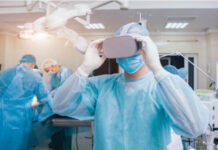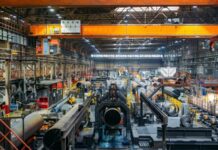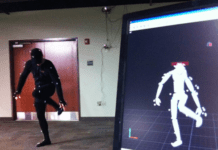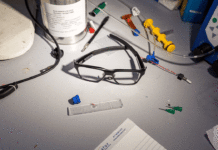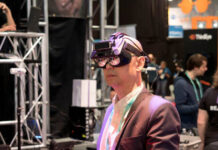
Some of the most exciting technologies available today have to be augmented and virtual reality. In recent years, there has been a steady growth in these technologies after numerous headsets were released into the market. There have also been numerous investments made into the field. Since it took off in 2016, it is showing no signs of stopping. Consumers are used to AR/VR technology to be present in the entertainment industry especially where gaming is concerned. But many enterprises are ignoring this growing trend, believing that AR/VR technologies can only be used in the video-game field.
Enterprise owners need to understand the benefits of AR/VR technology. This requires an understanding of the concepts. AR (augmented reality) technology is a live direct or indirect view of the physical world. Certain elements are added using augmentation. VR (virtual reality) technology creates new digital worlds for the user to enter. They are consumed by them. MR (mixed reality) technology is a combination of both of these technologies. AR and MR are growing at the same pace.

The big debate around AR/VR technologies is whether it has a place in the working environment or whether it should just stick to entertainment. The majority of VR/AR technologies are still being used for gaming but every month some enterprises use innovative ways to incorporate AR/VR into their daily lives. NASA, for example, uses AR/VR for robot control in space missions. Volvo is also using AR/VR for its test drive experience. It allows customers to experience the car without sitting in it or purchasing it.
Even though many people are rooting for AR/VR to be adopted on a more serious level, it will not be without challenges. Many obstacles will have to be overcome with the introduction of this type of technology in enterprises:
People: workers will have to learn the necessary skills required to work with the AR/VR technology. This means additional development of the workforce. It could cost companies a lot of money at the beginning. Workers will also have to accept the technology before they start working with it.
Dirty work: Only 20% of the development takes place in the headset while the other 80% takes place at the backend. This means that systems will have to be upgraded to be equipped to handle the new technology.
Timing: Remember when Steve Jobs announced the iPhone in 2007 and people weren’t interested? This is where AR/VR technology is sitting at the moment. It is a good opportunity for investors to push their money towards these companies while the world is still deciding whether it is worth it or not.
In any business, one must ask whether the right equipment, services, and people are available to do the job. Companies who explore might just reap more rewards than those who sit and wait.
January 5, 2018

